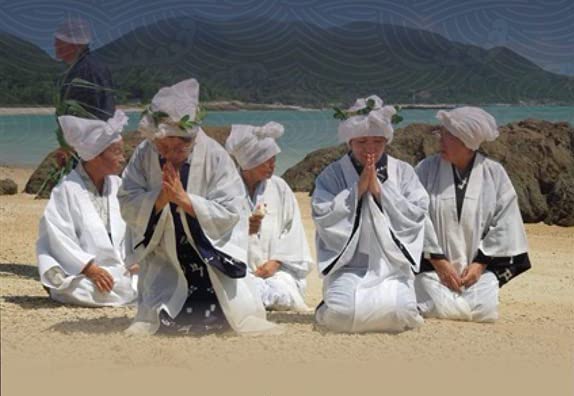Mount Yoshino, the Enchanted Mountain with its 3,000 Cherry Trees
The Three Sacred Mountains in Kansai #03
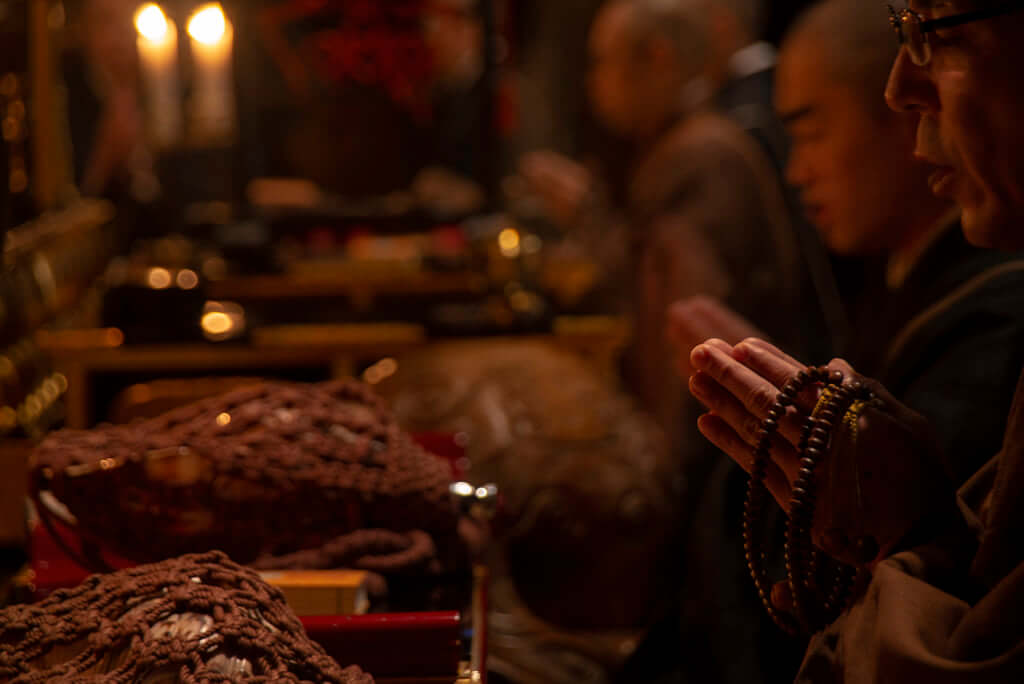
Our visit to Mount Yoshino has left us with fond memories of the people we met. Their faces are imprinted on our minds. First Mrs Kato and her daughter, with all their gentle attentions, their smiles like offerings, their utter kindness, to put it simply. The Katos operate a lovely, unpretentious ryokan, the first one you happen upon in the lower part of town. It’s called Ryokan Kato, which comes as no great surprise, a place that would make you fall in love with Japan if you hadn’t already. No frills, of course. The ample armchairs in the entrance, for example, owe their patina simply to wear and tear over time rather than some vintage look gleaned from a magazine. But what a wonderful feeling of home away from home! The same is true of the rooms, perfect for what they are, no more, no less. Then there was the young member of the staff—still in high school, she said—who came to serve our dinner, with her youthful diffidence and at the same time an unforgettable air of assurance. I’m pretty sure we were never so poised and adept at her age. And then there was the chance encounter we had with a hunter, a few hours earlier, accompanied by his two dogs. Imagine our surprise when he told us he had been an extra on the sets for some of Naomi Kawase’s films. But yes, of course, this is Yoshino-cho, in Nara prefecture, and we were probably not far at all from the narrow streets of Shara and the mountainous landscapes of her first film, Moe no Suzaku. There were still more experiences like these, even after we boarded the return train on the Kintetsu line. We’ll certainly never forget sparking up a conversation, somewhere between Yoshino and Kyoto, with Mr Sato, a former policeman, now the head priest of Yoshimizu-jinja, the famous Shinto shrine on Mount Yoshino, who shared with us his unusual life story and the huge impact the Kobe earthquake in 1995 had on it.
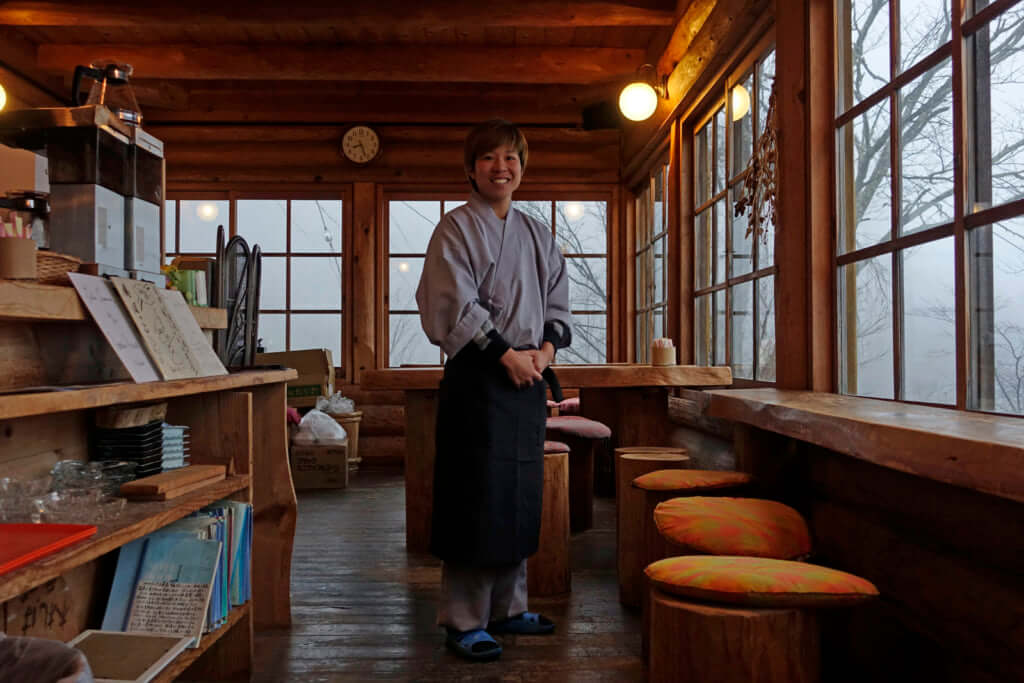
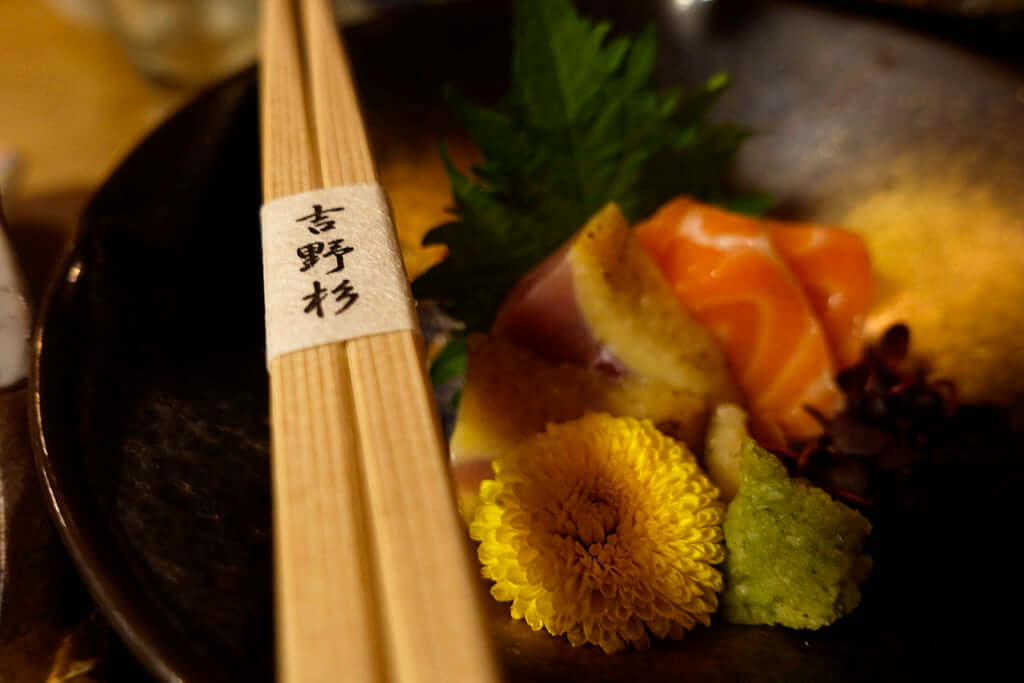
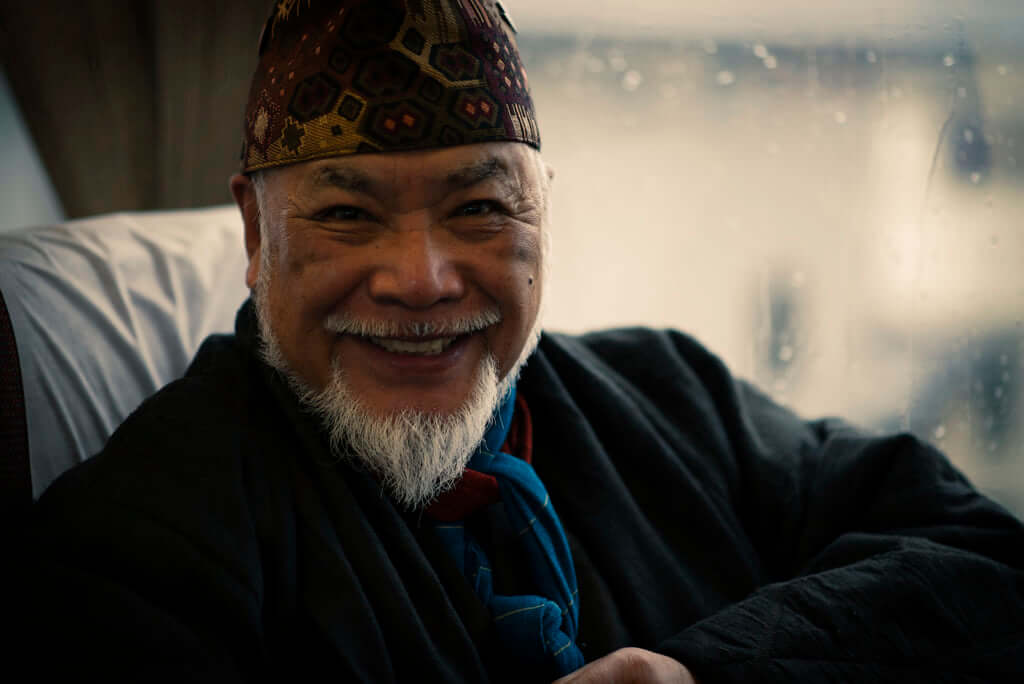
Mount Yoshino, a sacred mountain just like Mount Koya, has a unique calling card: it is covered with cherry trees, more than 3,000 of them, we are told, all offered by the faithful. When cherry blossom season arrives each spring, the spectacle is second to none. Hordes of tourists flock to the mountain, mostly Japanese but also quite a few foreigners, to revel in the unearthly beauty of the scene, enough to take one’s breath away. The mountain slope is divided into four areas, each offering a unique vantage point on this spectacle, because their varying elevations typically cause the trees to bloom a few days apart: Shimo Sembon for the lowest one, Naka Senbon for the middle section of trees, Kami Sembon for the highest part of the slope, and Oku Sembon for the inner trees at the summit. It takes just under one and a half hours to reach the base of the mountain from Osaka by train, on the Kintetsu line. Some lucky travelers may even climb aboard the Blue Symphony limited express train from Osaka, nothing less than a mini-Orient Express, of course without sleeper cars, but including a lounge car where pastries and other snacks are served. Whatever means you use to get to Mount Yoshino, the show is truly elsewhere, in the shifting landscapes, chaotic and urban for the first few kilometres, more varied when the first signs of vegetation appear through and beyond the huge windows, most often rice paddies, with reliefs of varying heights in the background, like a forerunner of the spectacle that awaits you.
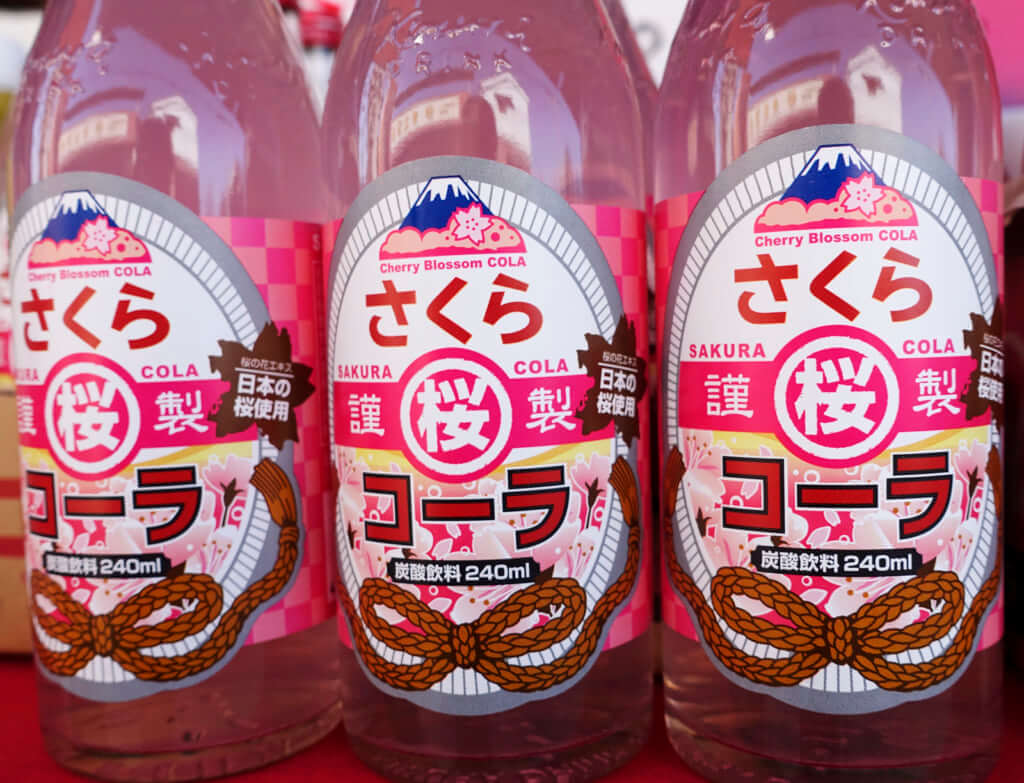
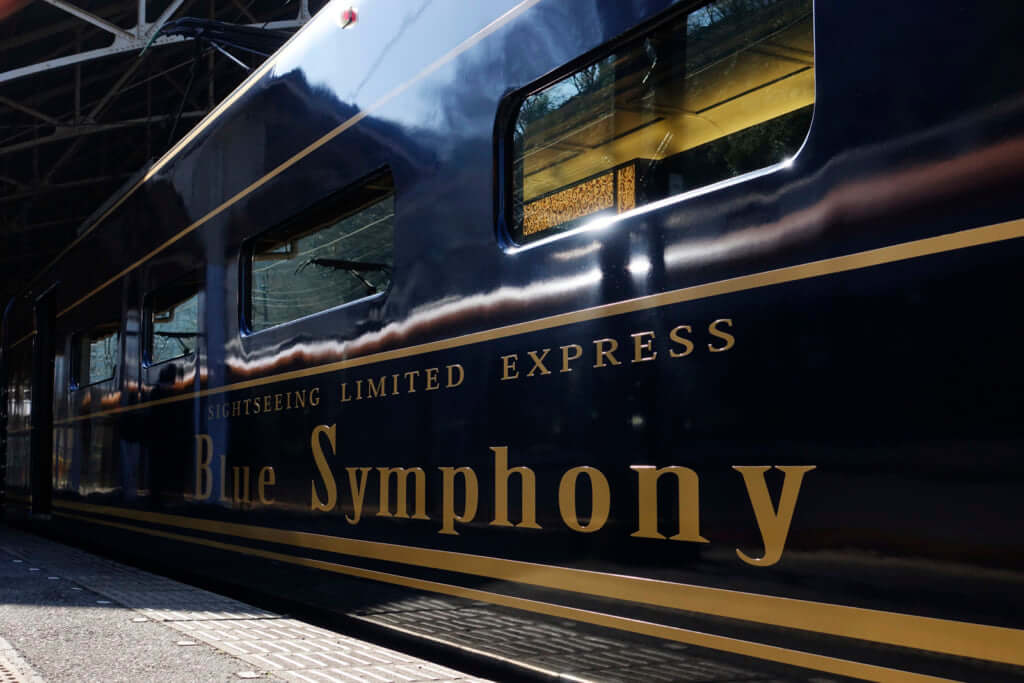
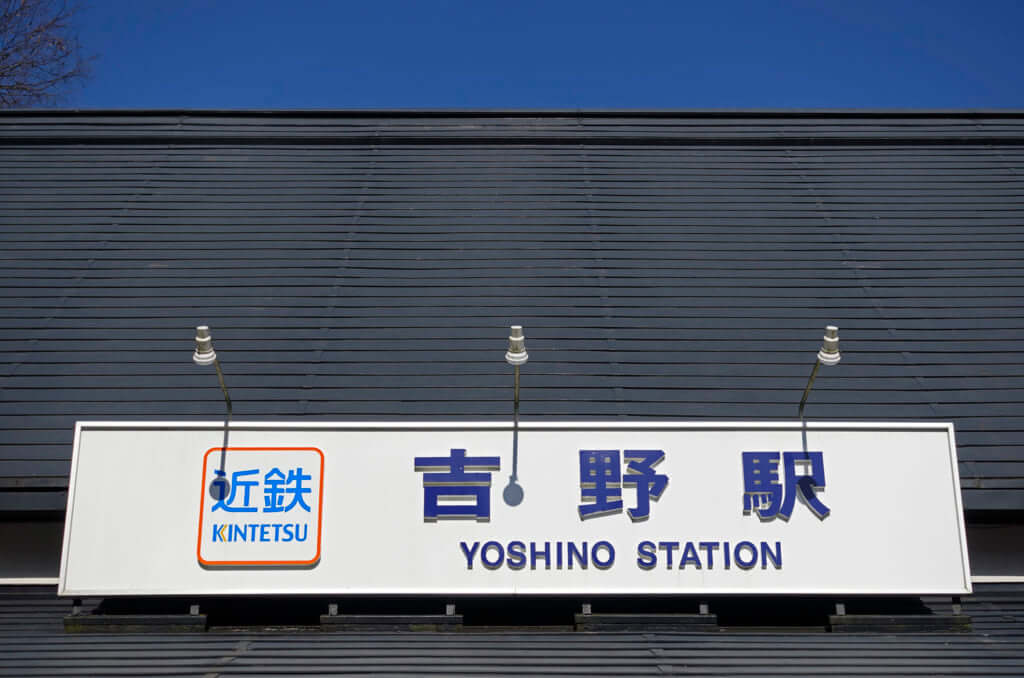
Named as part of a World Heritage Site by UNESCO entitled ‘Sacred Sites and Pilgrimage Routes in the Kii Mountain Range’, Yoshino is also an important religious destination, home to many temples and shrines, all at least hundreds of years old, and in some cases over a thousand. Kimpusen-ji is certainly the best known, celebrated not only for its outsize dimensions, but also its pillars covered in gold leaf. Legend has it that it was Hideyoshi Toyotomi, one of the leading figures in Japanese history, who commissioned this gold-leaf decoration, to resonate with the beauty of the cherry blossoms. The temple was established in the 8th century by En no Gyoja, an ascetic and mystic known as the founder of the Shugendo sect, literally ‘the path of training and testing’, more a relationship with the world, accompanied by a set of practices observed by the famous Japanese mountain hermits known as the Yamabushi, rather than a religion in the fullest sense of the word. Whereas Mount Koya embodies the spirit of Shingon, the branch of Buddhism founded by Kukai, Mount Yoshino is more ecumenical, at the crossroads of Shintoism, Buddhism and even more ancient mountain mystic cults. From the path below, Kimpusen-ji surges into view, stunning for its grand scale and the solemnity it conveys. In the wee hours, the priests begin the morning service known as tsutome, yet another fascinating spectacle. But already our train awaits to take us to the final destination on our journey, Mount Hiei.
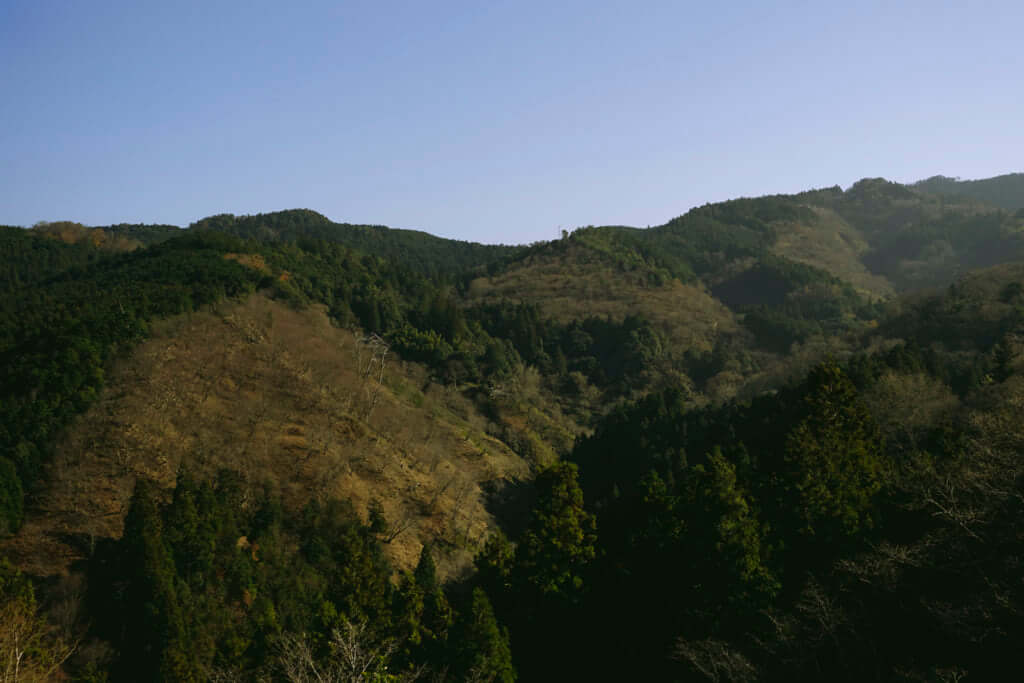
TRENDING
-
The Tradition of the Black Eggs of Mount Hakone
In the volcanic valley of Owakudani, curious looking black eggs with beneficial properties are cooked in the sulphurous waters.

-
Gashadokuro, the Legend of the Starving Skeleton
This mythical creature, with a thirst for blood and revenge, has been a fearsome presence in Japanese popular culture for centuries.

-
The Tattoos that Marked the Criminals of the Edo Period
Traditional tattoos were strong signifiers; murderers had head tattoos, while theft might result in an arm tattoo.

-
‘YUGEN’ at Art Fair Tokyo: Illumination through Obscurity
In this exhibition curated by Tara Londi, eight international artists gave their rendition of the fundamental Japanese aesthetic concept.

-
An Encounter with the Last Shamans in Japan
Sociologist Muriel Jolivet's book offers an analysis combined with a travelogue and interviews with these women with supernatural powers.





